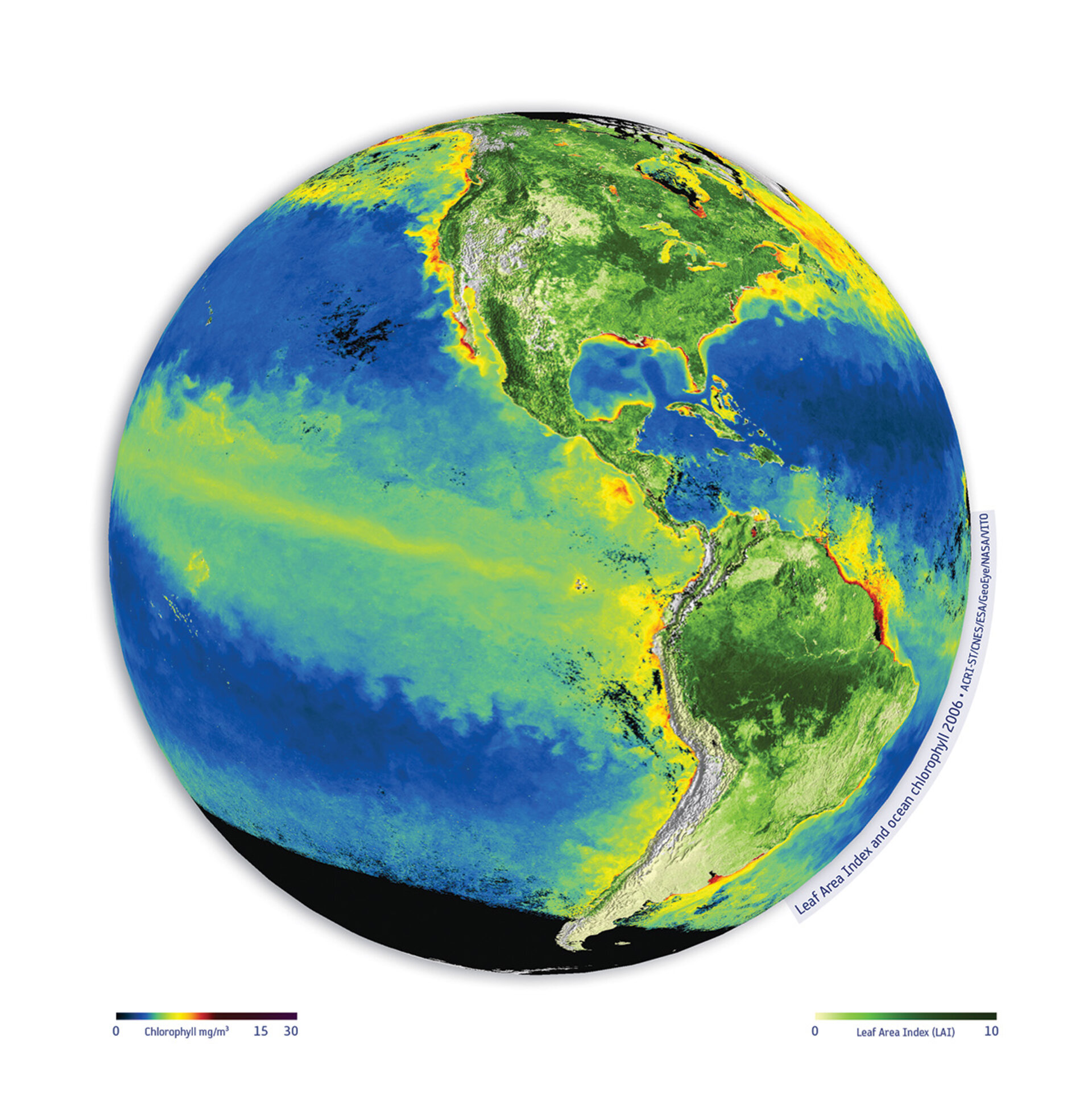Getting ready for ESA’s largest scientific event of the year
Start planning your week in Edinburgh – the programme for September’s Living Planet Symposium is now available online.
Organised and hosted by ESA with the support of the UK Space Agency, the event on 9–13 September in Edinburgh, UK brings together scientists and users to present their latest findings on Earth’s environment and climate derived from satellite data.
The programme outlines over 1700 presentations during nine daily parallel sessions and three poster sessions.
The presentations will cover the scientific themes of oceanography, solid Earth and geodesy, atmosphere, climate and meteorology, cryosphere, hazards, methodologies and products, near-Earth environment and land applications.
On the first morning of the symposium, parallel tutorial sessions on state-of-the-art observation techniques of Earth’s land, oceans, ice and atmosphere from space will be given by lead scientists from Europe.
The tutorials will be followed by the opening plenary session, and media will later be invited for a press briefing and a question-and-answer session before the parallel sessions get into full swing.
Special sessions will be dedicated to ESA programmes and initiatives, including the Climate Change Initiative and other international cooperation initiatives, as well as Europe’s Global Monitoring for Environment and Security programme, being renamed ‘Copernicus’.
Exhibitions about ESA, the UK Space Agency and many other partners from research and industry will complement the event.
ESA’s current and future Earth Explorer missions will also come into focus. The next mission, Swarm, is due for launch later this year to map Earth’s magnetic field.
At the beginning of May, Biomass was selected to become the seventh Earth Explorer. The satellite will be designed to provide, for the first time from space, radar measurements that are optimised to determine the amount of biomass and carbon stored in the world’s forests with greater accuracy than ever before.
Grants from ESA and the EU will financially support the attendance of over 100 European students at the symposium.
View the Living Planet Symposium 2013 programme here.







